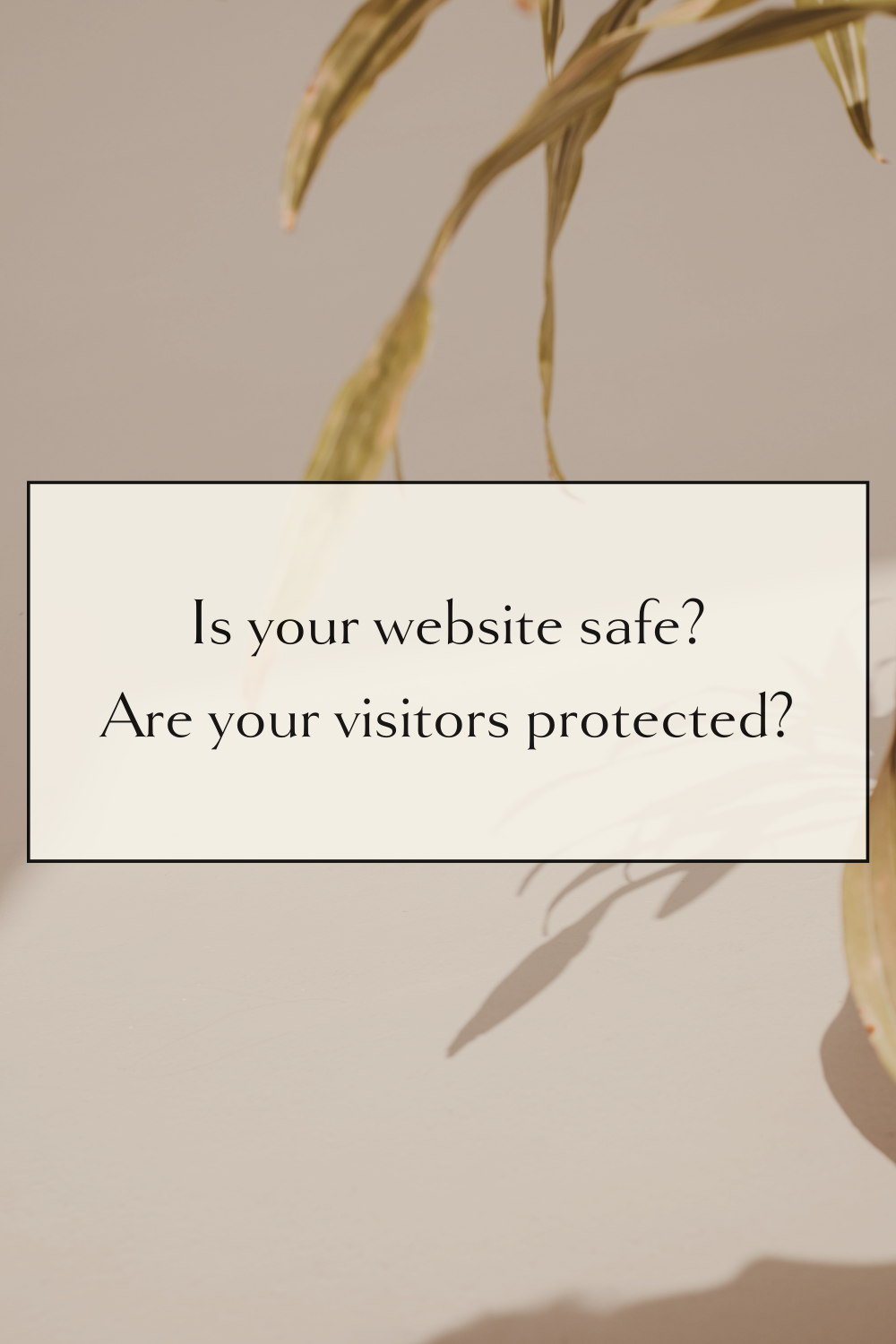Security & Data Privacy: Here’s What You Need To Know
There’s an episode of Parks and Recreation where Ben (the city manager) creates a new website. The website goes viral and instantly has hackers who add fire and a hat made of penises (among other things)... Linked below :)
Even though this scene is hilarious, if this happened to your website you would be very upset. But this is not even the worst-case scenario.
A lack of website security makes your website the perfect target for hackers to impersonate your site or steal information that customers submit, like an email address or a credit card number.
Where your security and privacy come from is based on the platform you are using to host your website. Most website builders have security built in, while platforms like WordPress require you to purchase and set up your own.
When it comes to built-in security, it’s no different from external security. This is why I always endorse choosing an all-in-one platform.
It’s so secret that Squarespace is my favorite platform, and they take security/data privacy very seriously.
With built-in SSL, HTTPS, and an awareness of requirements surrounding GDPR/cookies, I appreciate how thorough they are.
I could go on and on about how amazing Squarespace is with its great support and SEO tools, but this post is about security and data privacy.
So let’s break down the tech terms I mentioned earlier.
SSL: Secure Socket Layer
SSL is the most essential part of keeping a website secure. “SSL certificates have a key pair: a public and a private key. These keys work together to establish an encrypted connection. The certificate also contains what is called the “subject,” which is the identity of the certificate/website owner.” You may notice that when you visit a site, it sometimes says that the site is not secure, or the little padlock next to the URL has a notice attached to it. You can thank SSL for all of this. SSL certificates help keep us safe online when browsing and put hackers at a distance. (Bonus points: SSL also helps SEO)
HTTPS: HyperText Transfer Protocol Secure
HTTPS uses SSL to keep our sites safe. A website using “http://” is not as safe as “https://”. Think about HTTPS as a method to utilize SSL.
GDPR: General Data Protection Regulation
This European law requires people to be made aware of cookies. If you do business in Europe or you have European website visitors, make sure your website is GDPR compliant with a cookie banner.
Cookies: pieces of information that are stored
Cookies make sites load faster by storing a bit of the site information. They also remember things like emails. This small piece of text sent to your browser helps with security, authentication, customization, performance, analytics, ads, and more. On some sites, you have the option to opt-out or limit cookies. There are also many sites that require cookies and use a cookie banner to let you know that by browsing on that site, you consent to the use of cookies.
Ok, that was a LOT of tech speak. You deserve a cookie for getting this far.
All of these things are a lot to think about, which is just ONE reason to hire a pro so that you can rest assured that your website has all the security and data privacy that is required to keep you and your site visitors safe.
Stop the overwhelm and work with me:
Subscribe To The Craig Chronicle
One email a week. No spam, I promise.















This is either your demise or your advantage… How website design influences the entire client experience: